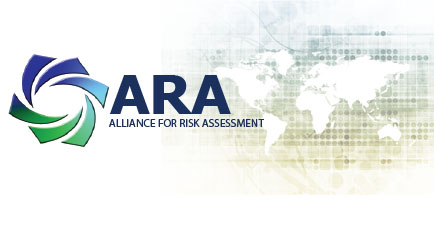Explanation of Framework
The Alliance for Risk Assessment Dose-Response Framework is a product of the Beyond Science & Decisions: From Problem Formulation to Dose-Response workshop series. Building on the ideas of the National Academy of Sciences' Science & Decisions: Advancing Risk Assessment (2009), the workshop series brought together 45 organizations seeking to clarify and advance NAS recommendations.
The frameworks of the NAS (2009) report were used as the basis for the framework. The first figure in the draft framework is the problem formulation portion of Figure S-1 of the report. (The entire Figure of S-1 was not included in the framework, because the hazard characterization/dose response portions of the paradigm are addressed in Figure 5-8, which forms the basis of the rest of the framework. However, an active link to the full NAS framework in Figure S-1 is included as a point of reference. The formal provisions for stakeholder involvement are an important aspect of the NAS framework, as are the arrows showing interplay between the different components of the risk assessment paradigm. These components of the draft framework are not addressed further in the current draft of the ARA Dose-Response Framework, since the latter focuses on dose response methods as they relate to problem formulations.)
The colored boxes in the problem formulation slide are active links, and clicking on them leads to different versions of Figure 5-8, tailored for the different problem formulations. (One box was left off of the modified Figure 5-8. Most of the figure addresses issues to be considered, which is consistent with the approach of identifying methods. The box that was left out prescribes certain methods. Those methods are included in the lists of methods and case studies, but were left off of the modified Figure 5-8, to avoid being too prescriptive too early in the process.)
For the qualitative and quantitative screening problem formulations, the lower left-hand box of the modified Figure 5-8 is an active link, leading to lists of case studies and/or methods; black text refers to issues to consider.
For the in-depth assessment problem formulation, each of the boxes (except “assemble health effects data”) links to a page that lists a variety of case studies and methods that can be applied to address the issues relevant to that topic. In the dose-response evaluation box under in-depth assessment, each of the three considerations are underlined and link to three different versions of the same list of relevant methods – organized by conceptual model, data availability, and risk management needs. A subset of those same methods is listed under results reporting – organized by the form of the needed results.

